Tech analysis: Early sightings of 2017 trends
Formula 1's designers face a sizeable challenge as the sport's aerodynamic regulations change in 2017, so much so that some of the teams are already using their free practice time to investigate parts on the current cars.

Photo by: Giorgio Piola
Giorgio Piola's F1 technical analysis
Giorgio Piola is the preeminent Formula 1 technical journalist. View our full selection of Giorgio's technical illustrative content
In Mexico, numerous teams could be found with parts mounted on their cars that had little or nothing to do with this year but, full-scale physical testing still trumps the simulation techniques used back at the factory when it comes to knowing if you're on the right track.
That's not to say that these parts are representative of what we'll see in 2017 but they do provide some indicators to the trends and approaches we'll see.
Mercedes started its proof of concept plans a few races back, in Malaysia, when it tested a novel front wing design that perhaps took its cues from the open-ended rear wing endplate louvres first ran by Toro Rosso and since copied by Sauber, McLaren and Mercedes itself.
You'll note that the mainplane which is divided up into two elements is completely detached from the endplate and footplate, with only metal bridges for support (arrowed).
This points us toward a development that they may, or may not choose to use in 2017, with the team identifying the solution as worthy of its attention in CFD and the wind tunnel, but needing reliable and quantifiable real world data to make sure it works as anticipated.
At previous rounds only one of the Mercedes drivers evaluated the front wing during practice sessions but in Mexico, its plans were stepped up with both drivers running the development wing.
This comparison of the front wing already used by Mercedes (left) features slots in the inner footplate section that they detached in the 2017 wing trial.
However, it's the strength of the vortices that are created by this divorce that are the most important part and how they impact the vorticity and direction of other airflow structures.
All of the teams use a footplate, of one geometry or another, on the edge of the wing to create a vortex that pulls on the inner airflow structures to drive airflow across and around the front face of the tyre.
Similarly they all use an arch, that funnels outward from the leading edge of the mainplane, creating a much broader vortex that pushes airflow across the front of the tyre and is pulled outward by the aforementioned vortex and the various other aerodynamic structures that populate that area.
These two vortices will be affected by the use on an open-ended mainplane and will perhaps see one of their roles lessened if the concept is carried over.
Mercedes introduced a more pronounced arch and tunnel at the Japanese GP in 2015, something that several other teams, such as Force India, began to adopt this year, owing to the significant aero structure it can create.
However, the change of regulations for 2017 may once again shift how the teams design their wing owing to its proximity with the tyre, and further concessions made elsewhere in the regulations.
To investigate this we must look at the entire front end of the car and how that'll have an effect on the rest of the car.
The regulation changes made in 2009 reduced the size of the bargeboards, an area which has been significantly bolstered as the teams go in search of performance that'll see laptimes drop by around five seconds.
This once again gives the designers a physical component to shield the leading edge of the floor and sidepod from the wake of the front tyre, reducing the need for drag inducing, albeit low, aerodynamic structures that serve a similar purpose.
That's not to say they'll forget these tricks altogether, it just means they'll be performed in a different way, as the drag created by the rotation, deformation and movement on the front tyre is still something that needs to be managed.
However, rather than create strong outwash aero that pulls the tyre wake away from the floor, they may decide to create more inwash flow structures, to interact with the Y250 vortex and bargeboard to push flow outward especially given how much more room there is between the trailing edge of the wing and the leading edge of the floor.
McLaren continued with its own 2017 investigations during practice in Mexico too, with the 2017 development front wing trialled last time out featuring once more.
We've highlighted the main conceptual changes in the image above, which include the straightening of the mainplanes leading edge and the usual arch dismissed [1].
The footplate [2] has been reshaped in order to change the shape and strength of the vortex it sheds and lastly the strakes mounted under the wing [3] have been increased from 3 to 4.
The strakes, although seemingly unimportant, regulate the direction that the airflow takes and with both the wing and tyre wider in 2017 it will need to realign this.
The image above further clarifies the dramatic differences between the test and race wing from the front and the yellow highlighting and arrow should go some way to illustrating how different the circulation of airflow under the wing is.
Here's a 2D animation comparing the test wing with the one being raced by the team.
The evaluation work didn't stop there for McLaren though, with several cameras mounted around the MP4-31 as it uses this year's car to correlate the information it is racking on the 2017 design back at the factory.
The team had two cameras' cables tied to the neutral section of the mainplane looking back at the splitter, one likely an infra-red and the other a slow motion camera as it investigates how much splitter deflection it can get away with.
Meanwhile, mounted astride the horizontal section of the sidepod airflow conditioners (arrowed) more thermal imaging cameras could be found. The pod they were housed within was shaped to be as aerodynamically neutral as possible, in order to reduce any impact they may have on the airflow.
Two cameras could be found in each pod, one looking at the rear face of the front tyre and the other looking at the front face of the rear tyre. The information gathered here will provide insight into how the tyres performance and degradation are affected by the loads they sustain.
Ferrari doesn't yet have a 2017 inspired front wing to test, however, like its short-lived test in Austin it continued to assess their options under the SF16-H's chassis.
Since Japan, it has been using a set of more complex turning vanes and the bat-wing, rather than the chassis winglets they introduced at Silverstone. During FP1, Sebastian Vettel's car was outfitted with another solution, with a winglet very much in the vein of the bat-wing mounted astride the splitter in order to understand the philosophy first run by Red Bull and since copied by McLaren (below).
These devices, whether run in combination with the turning vanes or the splitter, have similar goals: create vortices that help to reposition the Y250 vortex as it moves down the car.
However, what is interesting is that Ferrari has now trialled at least three different solutions as it looks toward the aerodynamic changes that will occur next season.
Firstly, the nose will be at least 200mm longer, with a minimum length of 1050mm rather than 850mm, which will clearly establish a different relationship between the nose and neutral central section of the wing, changing how the airflow is structured under the nose and chassis.
Secondly, the deltoid shape of the neutral section may change the vorticity and direction of the Y250 vortex.
Thirdly, the permitted size of the bargeboards has been increased significantly and will change how the wake of the tyre is dealt with by the surrounding airflow structures.
And lastly, the splitter will be 100mm shorter, allowing the cars to be 'raked' a little more and changing its relationship with the airflow it receives and passes under or over the floor, which will also feature a deltoid shape.
All of these changes have a dramatic effect on how airflow moves around the car, undoubtedly altering the centre of pressure and causing teams to reconsider certain aspects of their design philosophy for next year.
Be part of Motorsport community
Join the conversationShare Or Save This Story
Subscribe and access Motorsport.com with your ad-blocker.
From Formula 1 to MotoGP we report straight from the paddock because we love our sport, just like you. In order to keep delivering our expert journalism, our website uses advertising. Still, we want to give you the opportunity to enjoy an ad-free and tracker-free website and to continue using your adblocker.
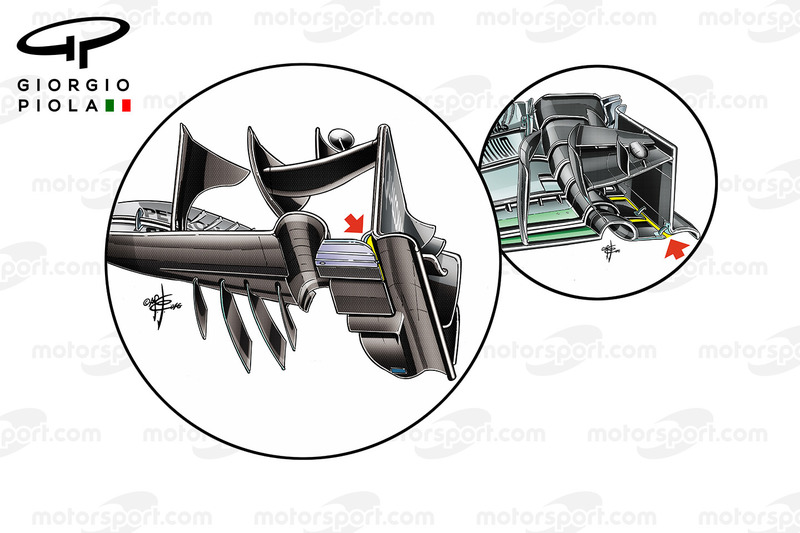
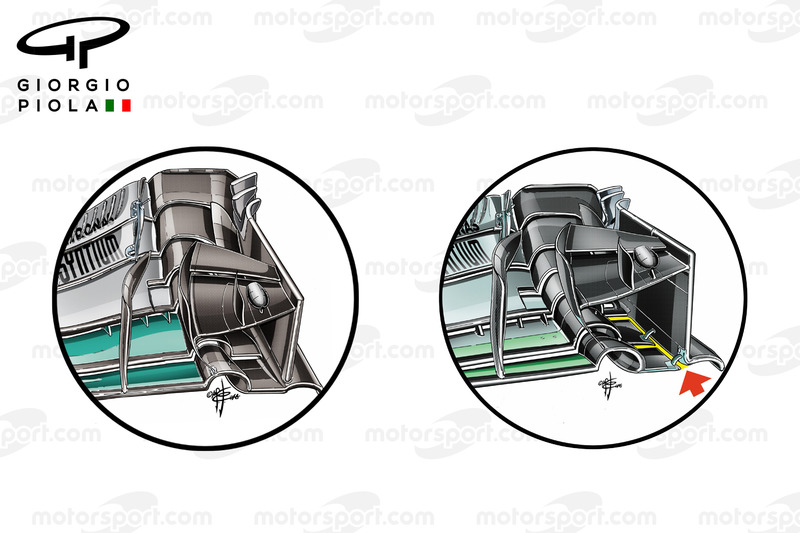
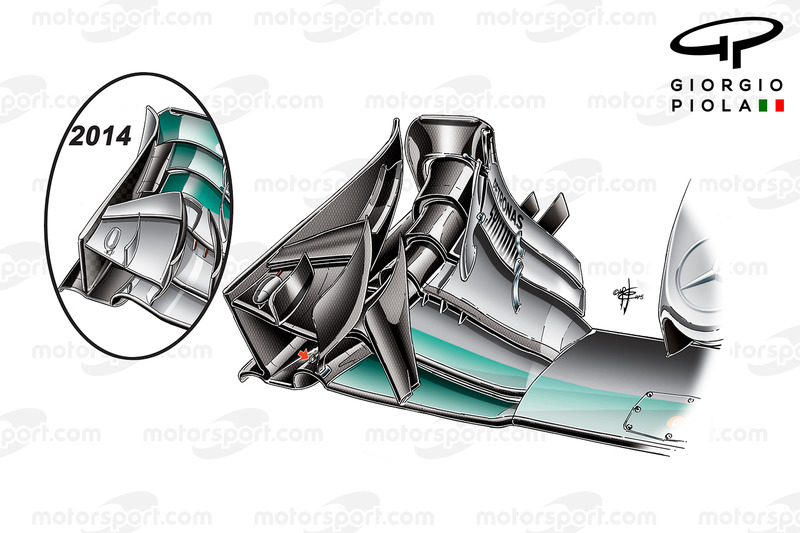
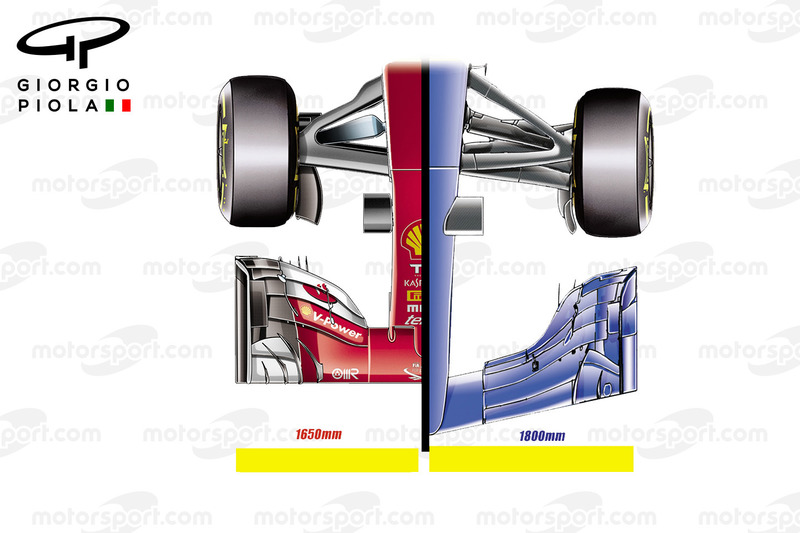


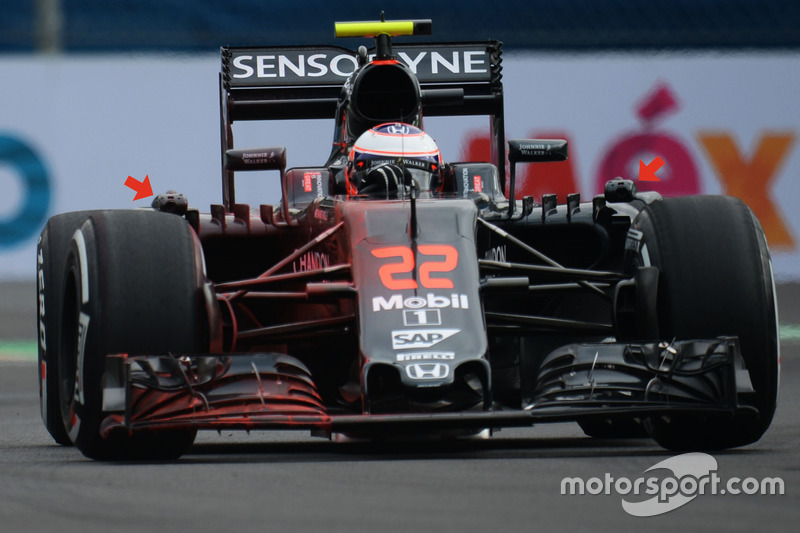
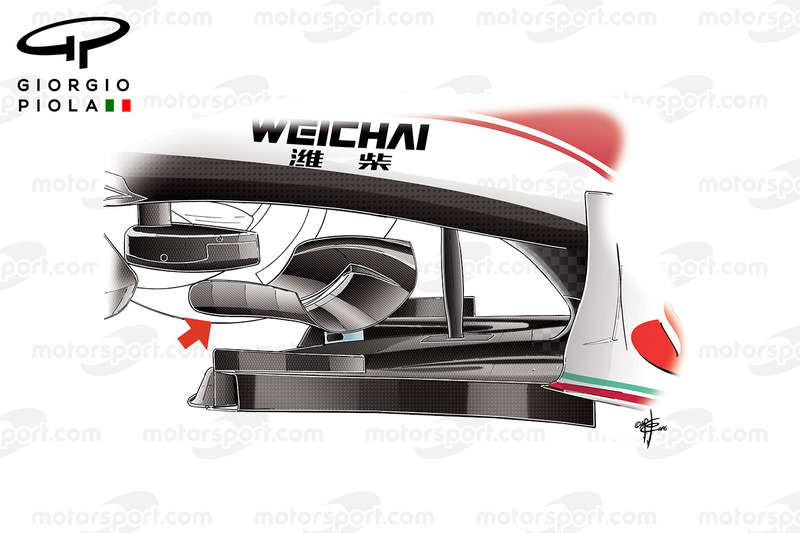

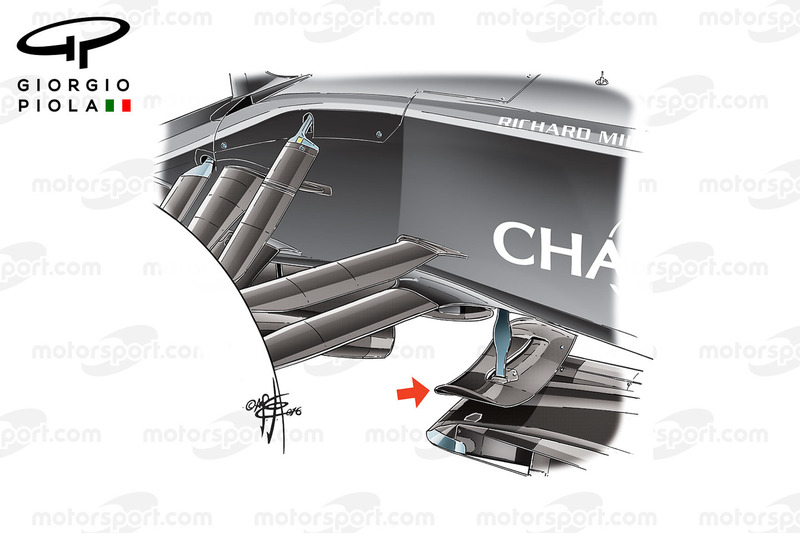



















Top Comments